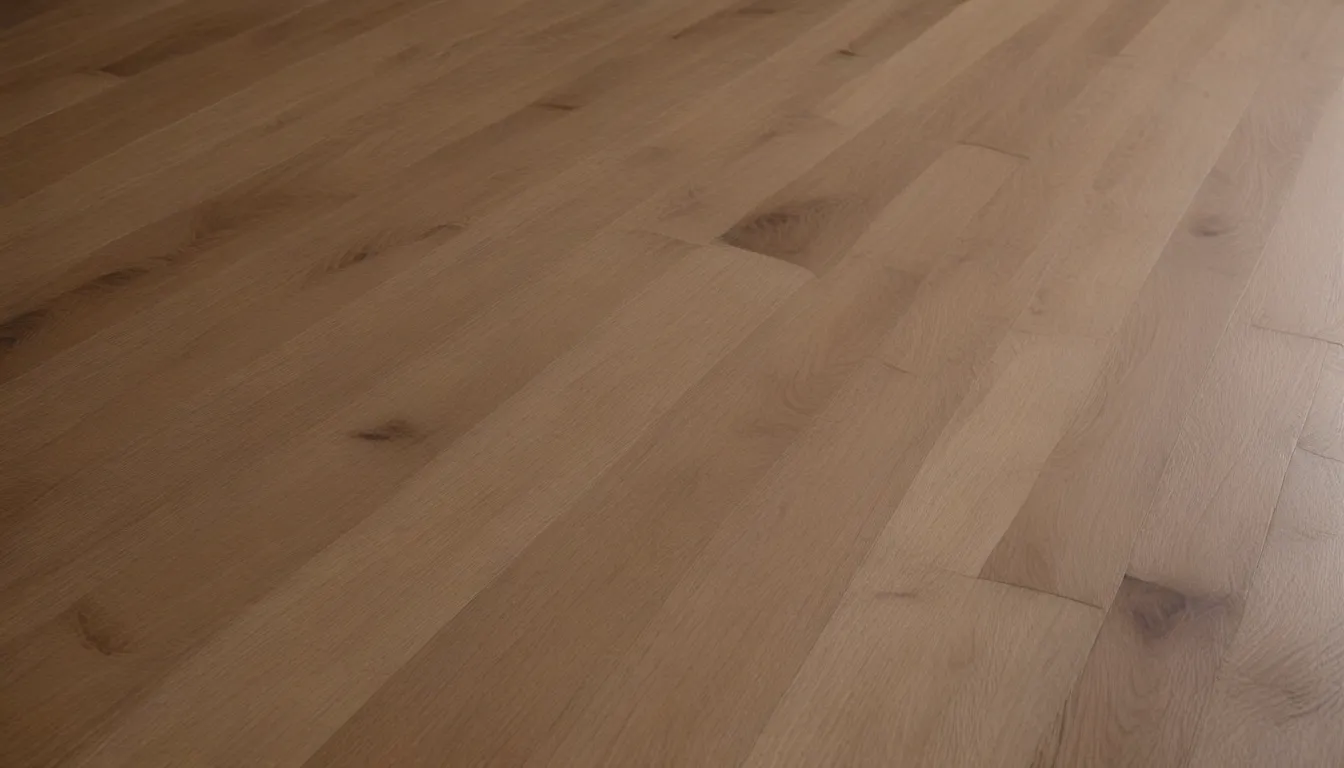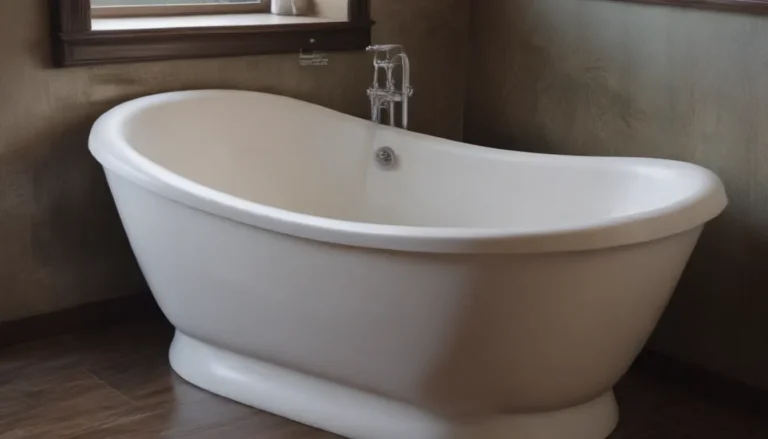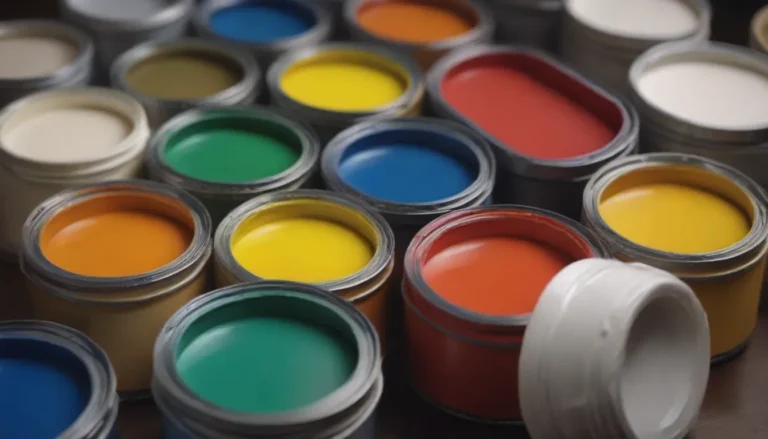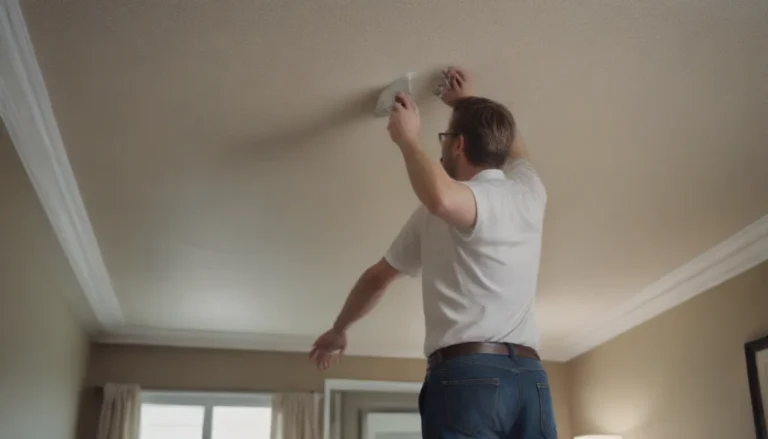Everything You Need to Know About White Oak Flooring

Hardwood flooring has stood the test of time, offering durability, beauty, and a timeless appeal to homes for centuries. Among the wide variety of hardwood options available, white oak flooring is a popular choice for many homeowners. In this comprehensive guide, we will delve into the world of white oak flooring, exploring its features, benefits, installation process, and more. Whether you’re considering white oak for your next flooring project or simply want to learn more about this versatile material, we’ve got you covered.
What Makes White Oak Flooring Unique?
White oak is a domestic hardwood that is primarily grown in North America, spanning from northern Florida to southern Canada. This hardwood material has gained popularity in recent years due to its tight grain and neutral color, making it a versatile option for a range of interior styles. Here are some key features that set white oak flooring apart:
- Tight, linear grain: White oak features a tight, straight grain pattern that adds visual interest to the flooring.
- Neutral color: The neutral hue of white oak allows for easy customization through various stain colors, making it suitable for both light and dark wood floors.
- Water-resistant: Compared to its close relative, red oak, white oak is more resistant to water due to its closed-grain structure.
- Durability: White oak is a durable hardwood material that can withstand daily wear and tear, making it a long-lasting flooring option.
White Oak vs. Red Oak: Spotting the Differences
While white oak and red oak share similarities, such as their durability and versatility, there are key differences between the two varieties. Understanding these distinctions can help you make an informed decision when choosing between white oak and red oak flooring:
White Oak
– Tight, linear grain
– Neutral, yellow undertones
– More accepting of different stain colors
– Modern appearance
– More water-resistant
Red Oak
– Shorter, dramatic grain
– Reddish-pink undertones
– Less accepting of different stain colors
– Traditional appearance
– Less water-resistant
When it comes to water resistance, white oak has the upper hand over red oak, making it a preferred choice for areas prone to moisture exposure. Additionally, both white oak and red oak are known for their ability to hide scratches, especially when paired with a low-sheen finish.
Tip: Oak flooring, whether white or red, is a great option for minimizing the visibility of scratches due to its natural grain characteristics. Pair it with a low-sheen finish for best results.
Exploring Engineered and Laminate Alternatives
While solid white oak flooring offers a timeless appeal, engineered and laminate alternatives provide cost-effective options that mimic the look of real wood. Understanding the differences between these options can help you choose the right flooring material for your needs:
Engineered White Oak Flooring
– Hardwood top with plywood bottom
– Can be refinished a limited number of times
– Lower price than solid wood
Laminate Flooring
– Composite flooring with printed wood pattern
– Cannot be refinished
– Relatively inexpensive
If you love the look of white oak but are working within a budget, engineered and laminate options offer affordable alternatives that maintain the aesthetic appeal of solid wood flooring. Engineered hardwood, in particular, closely resembles the look and feel of solid wood while providing added durability. On the other hand, laminate flooring has come a long way in terms of quality and can offer a realistic wood appearance at a fraction of the cost.
Tip: When choosing engineered hardwood, opt for options with a thick wear layer to increase the flooring’s refinishing potential and overall lifespan.
Installing White Oak Flooring: Tips and Considerations
Installing white oak flooring requires careful planning and attention to detail to ensure a successful outcome. Whether you’re a seasoned DIY enthusiast or hiring a professional installer, here are some essential tips to keep in mind:
Acclimation Process
Proper acclimation is crucial for white oak flooring to prevent issues such as warping and gaps post-installation. Allow the wood to acclimate to its environment for a minimum of three days, or as recommended by the manufacturer, to reach equilibrium moisture content.
Equilibrium Moisture Content (EMC)
– Equilibrium moisture content refers to the point at which wood stops absorbing or releasing moisture.
– Acclimation is essential for laminate and engineered white oak flooring as well.
– Consult manufacturer instructions for specific acclimation requirements.
Concerns to Consider
While white oak flooring is a durable and versatile option, there are some considerations to keep in mind to ensure longevity and performance:
- Improper installation can lead to issues such as warping, cupping, and cracking.
- White oak’s hardness, though sufficient for most applications, may require additional support in high-traffic areas.
- Avoid exposing white oak flooring to prolonged moisture or extreme temperature fluctuations.
Tip: Consider the Janka rating of white oak, which measures wood hardness, when evaluating its durability compared to other hardwood options. While white oak is hard, it may require refinishing sooner than some hardwood varieties.
Styling and Customization Options for White Oak Flooring
The versatility of white oak flooring allows for a wide range of styling and customization options to suit your aesthetic preferences. From traditional installations to intricate patterns, white oak can be tailored to achieve your desired look:
- Installation patterns include straight lines, herringbone, and other creative layouts.
- Plank widths vary from wide to narrow, offering diverse design possibilities.
- White oak accepts stains evenly, allowing for customized finishes ranging from rustic to refined.
With its neutral color and adaptable appearance, white oak flooring is an excellent choice for all types of interior designs, complementing both classic and contemporary styles with ease.
Is White Oak Flooring Right for You?
Choosing white oak flooring for your home is a decision that offers timeless elegance, durability, and versatility. If you’re considering white oak for your next flooring project, here are some key points to consider:
- White oak is a time-tested material known for its longevity and performance.
- Its neutral color and adaptability make it suitable for a wide range of interior aesthetics.
- While white oak is durable, consider additional finishing techniques for high-traffic areas.
Budget-Friendly Alternatives
If the cost of traditional white oak flooring is a concern, engineered white oak and laminate options provide affordable alternatives that closely resemble the look of real wood. These alternatives offer cost-effective solutions without compromising on style or quality.
In conclusion, white oak flooring remains a popular choice for homeowners due to its durability, beauty, and versatility. Whether you opt for solid white oak or explore engineered and laminate alternatives, white oak flooring is sure to enhance the aesthetics of your home for years to come.
Remember to consider factors such as acclimation, installation, and maintenance requirements when selecting white oak flooring for your space. With proper care and attention, white oak flooring can become a timeless investment that adds value and charm to your home.
Hardwood flooring installation cost (2023 data). (n.d.). Retrieved November 29, 2023, from Angi website: https://www.angi.com/articles/how-much-does-hardwood-flooring-cost.htm





